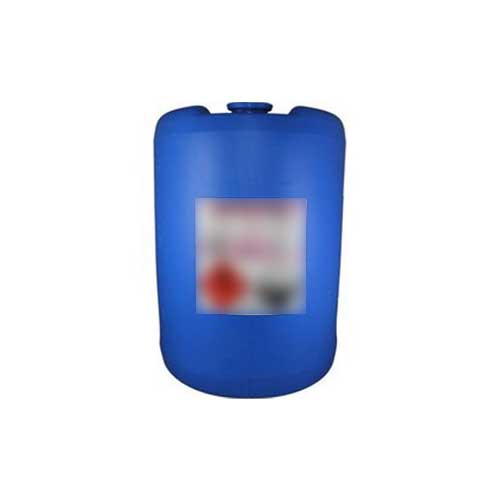CAUSTIC POTASH FLAKES (KOH)
ABOUT:
Caustic potash flakes are manufactured through a process called electrolysis, in which an electric current is passed through a solution of potassium chloride (KCl) to produce potassium hydroxide (KOH) and chlorine gas. The KOH produced is then dried and flaked to form caustic potash flakes. The process is typically carried out in large, stainless steel cells and involves carefully controlling the temperature and concentration of the KCl solution to optimize the yield of KOH and minimize the production of by-products.
PHYSICAL PROPERTIES:
Also known as potassium hydroxide (KOH)
Appearance: White, hygroscopic solid flakes
Odor: Strong, caustic odor
Molecular weight: 56.1 g/mol
Melting point: 336 °C (637 °F)
Boiling point: 1325 °C (2417 °F)
Solubility: Highly soluble in water, forming an alkaline solution
Density: 2.04 g/cm3 (20°C)
CHEMICAL PROPERTIES:
- It is highly soluble in water, forming an alkaline solution
- It is commonly used as a strong base in various industrial applications such as soap manufacturing, biofuels production, and chemical synthesis.
- When dissolved in water, it can cause severe skin and eye irritation and is toxic if ingested.
- Most frequently it caustic potash comes as a white solid that can be dissolved in less than its own weight of water.
APPLICATIONS:
- Caustic potash flakes is commonly used in agriculture as a fertilizer to supply crops with the essential nutrient potassium. The flakes are dissolved in water to form a liquid solution, which is then applied to soil or crops.
- Caustic potash can also be used as a soil conditioner to adjust soil pH levels, making it more suitable for growing crops.
- In wineries, caustic potash is used as a cleaning agent and sanitizer, primarily to clean the insides of tanks of bacteria and yeast biofilms. It kills acidic wine organisms that are adapted to low pH environments because it is a strongly basic inorganic compound.
- It is used in the production of batteries for automobiles, particularly in the production of nickel-metal Hydride (NiMH) batteries. In NiMH batteries, caustic potash helps to improve the battery’s performance and stability.
- It can be used to produce certain types of lubricants and grease for automotive applications.
- It can also be used to make a variety of household and industrial cleaning products. They are known for their high alkaline content, which helps to break down grease and oil, making them effective in cleaning.
- The flakes are combined with oils and fats in soap making to form a chemical reaction known as saponification, which results in the production of soap.
- Caustic potash flakes are commonly used as a component in the production of dyes, particularly in the synthesis of vat dyes and reactive dyes.
- The dye fixing process involves treating the dyed fabric with a solution of caustic potash, which helps to lock the dye molecules into the fibers of the fabric, preventing the dye from fading or washing out.
- Used to adjust the pH of water, especially in municipal water treatment plants.
- Used as a catalystin refining of petroleum products.
SAFETY MEASURES:
- Wear PPE such as gloves, goggles, and long sleeves to protect your skin and eyes from contact with the chemical.
- Wear a respiratory mask or work in a well-ventilated area to avoid dust inhalation.
- Keep the chemical cool, dry, and well-ventilated, away from sources of ignition and heat.
- Keep the chemical away from strong acids because the reaction can produce heat and flammable hydrogen gas.
- Caustic Potash Flakes should not be mixed with water because it produces heat and can cause a violent reaction. If necessary, gradually add the flakes to the water while stirring.
- In case of contact with skin or eyes, immediately flush the affected area with water for at least 20 minutes and seek medical attention if necessary.
- If a fire occurs, use water to extinguish it, and evacuate the area if necessary.




Reviews
There are no reviews yet.